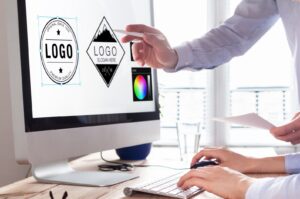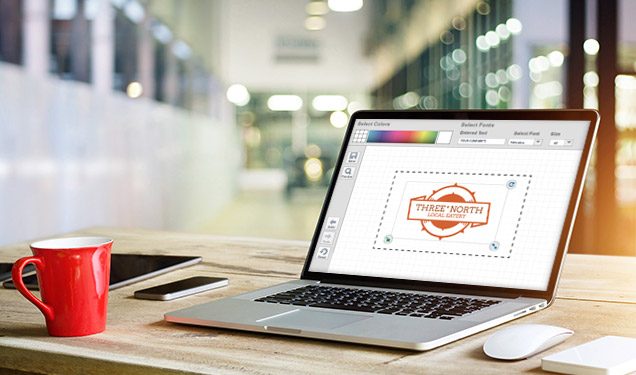A logo is a visual representation or symbol that represents a company, organization, product, or brand. Logos can be made up of a combination of images, text, and colors, and are used to help customers identify and differentiate a particular business or brand from its competitors.
The use of logos dates back to ancient times, when craftsmen would mark their goods with a unique symbol or stamp to show their origin and quality.
In the modern era, Logo Design has become an essential part of branding and marketing, with companies investing significant resources into designing and promoting their logos to build brand recognition and loyalty.
The primary purpose of a logo is to create a memorable and recognizable symbol that communicates the values, personality, and mission of a business or brand.

Mastering The Art Of Logo Design: Key Elements & Process
Effective logos can help establish trust and credibility with customers, differentiate a brand from competitors, and foster a sense of community and loyalty among customers and employees alike.
Research and Understand the Brand
The first step in designing a logo is to research and understand the brand that the logo will represent. This involves learning about the company’s mission, values, target audience, and competitive landscape. The designer may also review existing branding materials, such as marketing materials, websites, and social media pages, to get a sense of the brand’s current visual identity.
Ideation and Brainstorming
Once the designer has a clear understanding of the brand, the next step is to generate ideas and concepts for the logo. This often involves brainstorming and sketching out a variety of different design concepts, which can include different styles, colors, and typography options.
Sketching and Concept Development
After the ideation phase, the designer will typically begin sketching out rough concepts based on the ideas generated in the previous step. This can involve creating multiple versions of the logo to explore different design directions and refine the overall look and feel of the logo.
Digital Rendering and Refinement
Once the designer has a few strong sketches, the next step is to create digital versions of the logo using software such as Adobe Illustrator. The designer will refine the logo design and tweak any details, such as typography, color palette, and iconography until the final logo is polished and effective.
Presentation and Feedback
The designer will present the final logo to the client, and the client will provide feedback and suggestions for any final adjustments or revisions. This can involve further refining the logo design, adjusting colors or typography, or exploring different layout options.
A well-designed logo can be a powerful branding tool that helps companies establish a strong identity and build brand recognition and loyalty.
Overall, good logo design requires a thoughtful approach to each of these elements, along with a strong understanding of the brand’s personality, target audience, and competitive landscape.
By considering these elements and incorporating them into the design process, designers can create effective logos that help build brand recognition and loyalty.
Ready Web Solution provides professional logo design services for small, medium and large types of businesses. We have a team of expert designers to design your logos according to your brand color.


